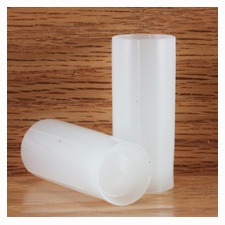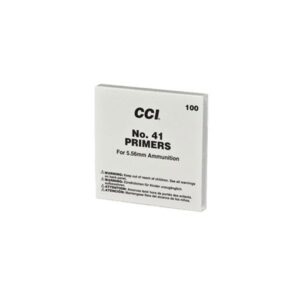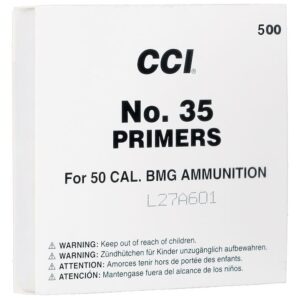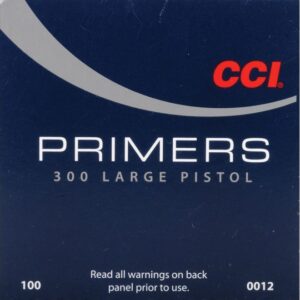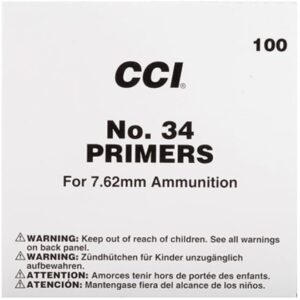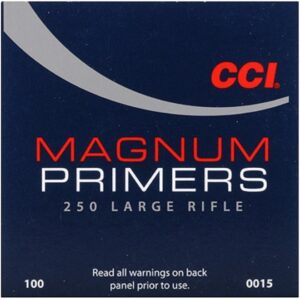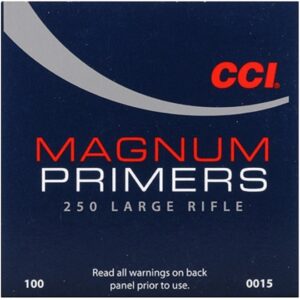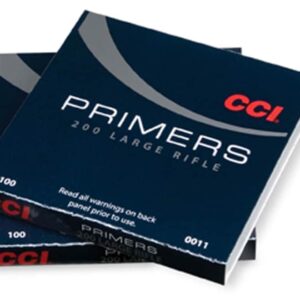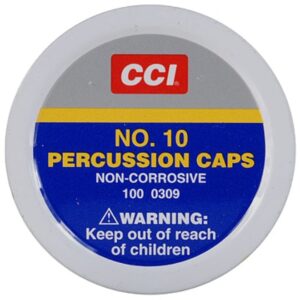We don’t give primers a lot of attention, but they have the most important job in the cartridge “go bang” process. It’s the primer that converts mechanical energy into a small conflagration that ignites the powder charge in the cartridge.
A primer contains a primary explosive, which basically means that it’s unstable and volatile. Propellants are generally considered secondary explosives. They’re more stable and burn with a slower velocity. You wouldn’t want to load a cartridge with a primary explosive as the firing pin strike would simply blow up your gun, and that gets expensive. So, a cartridge uses a tiny bit of primary explosive in the primer that’s volatile enough to ignite from a firing pin strike. This small bit of primary explosive sets off the much larger, and more stable, secondary explosive.
Because any variance in this initial “explosion” can cause a much bigger variance in the second charge ignition, it’s important to use the exact primer type called for in published load recipes. Think of it like lighting a birthday cake candle. If you light a candle with a Zippo, you’ll likely ignite the candle without an undue amount of melted wax. If you light the same candle with a flamethrower, it’ll also light the candle, but the overall results will be dramatically different.
With that said, let’s get into the primer universe in a little more detail.
There are many types of primers to know more about primers visit www.tacticalproreloadsandguns.com to see the different types of primers
primers

